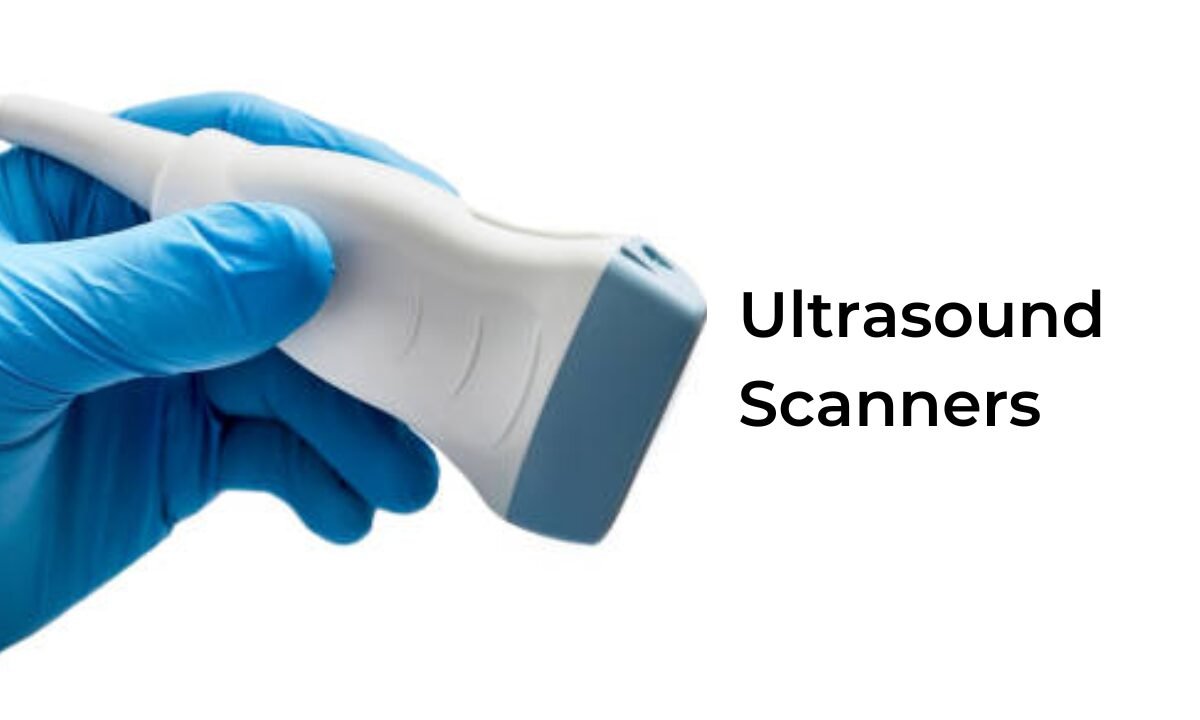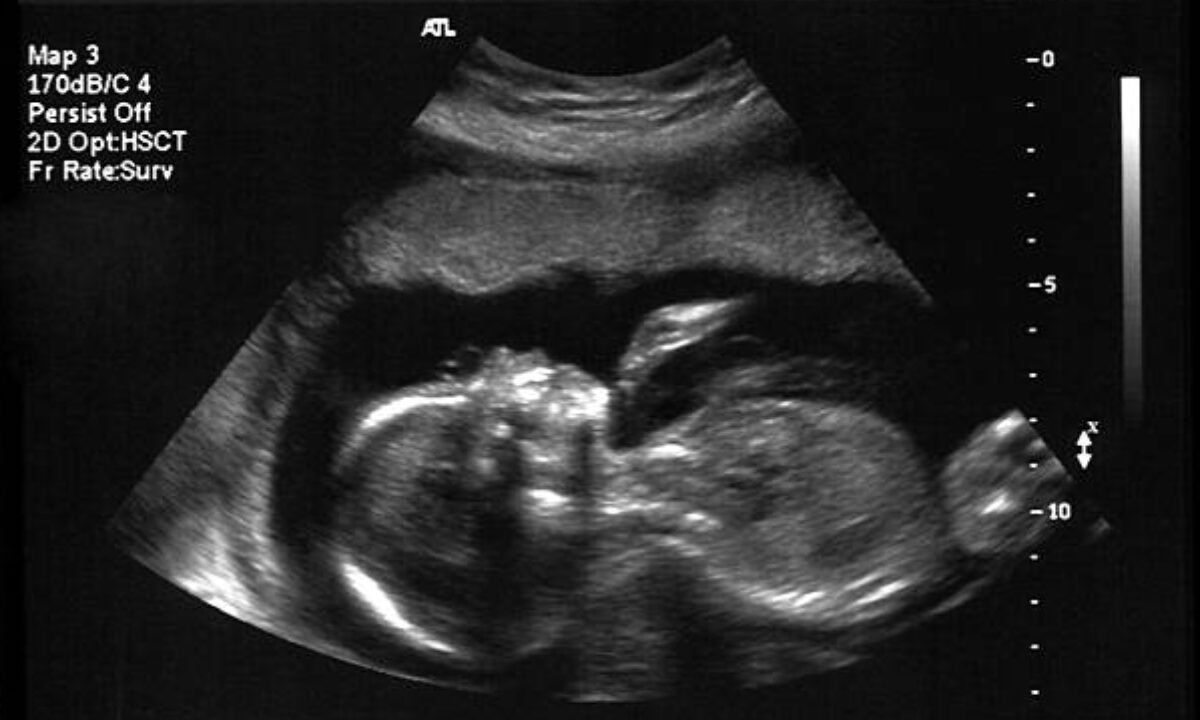Ultrasound scans are a common, non-invasive medical diagnostic tool that doctors employ to examine the body without requiring surgery. These scans use high-frequency sound waves to offer real-time images of organs, tissues, and even blood flow, allowing healthcare practitioners to accurately diagnose and monitor a variety of health disorders. Whether it’s a routine prenatal screening or an examination into an inside health issue, ultrasound scans provide essential information that guides medical treatment and decision-making. For those seeking an ultrasound scan in Bangalore, this technology is readily available in many clinics and hospitals, ensuring that patients obtain safe and effective diagnostic services.
In addition to pregnancy monitoring, ultrasound scans are utilized in a variety of healthcare settings to diagnose issues with the heart, liver, kidneys, and other organs. The method is painless, does not require radiation, and is extremely adaptable. If you live in Bangalore and require a dependable diagnostic tool, an ultrasound scan is a safe and effective approach to learn more about your condition.
How Do Ultrasound Scanners Work?

Ultrasound scans, often known as sonograms, are a common diagnostic procedure that uses high-frequency sound waves to produce images of the inside of the body. A transducer is a tiny device implanted in the skin that generates sound waves that bounce off inside tissues and organs. These sound waves are then captured and processed by a computer to create real-time images. This enables clinicians to inspect organs, tissues, and even blood flow, aiding in the diagnosis and monitoring of a wide range of diseases. Because of its efficacy and safety, ultrasonography is commonly used as the first imaging tool when visiting a diagnostic laboratory.
Ultrasonography, unlike CT scans and PET CT scans, uses no radiation, making it a good choice, particularly for pregnant women and children. Most diagnostic centers also provide this non-invasive method, which gives patients a safe and painless way to obtain crucial health information. Ultrasound scans, whether used to monitor pregnancy or inspect internal organs, give valuable information without endangering patients.
Various Types of Ultrasound Scans
There are several types of ultrasonic scans, each with a distinct medical application. Here are some of the most popular types:
Abdominal Ultrasound: Abdominal ultrasonography is used to examine organs within the abdominal cavity, such as the liver, kidneys, gallbladder, and pancreas, in order to discover problems like stones or tumors.
Pelvic Ultrasound: Pelvic ultrasonography examines the reproductive organs and bladder. It is frequently used during pregnancy or to identify ovarian cysts, fibroids, and uterine abnormalities.
Pregnancy Ultrasound: This scan is necessary to monitor fetal health and growth, diagnose multiple pregnancies, and determine the baby’s position in the womb.
Cardiac ultrasound (echocardiogram): Visualizes the heart to detect anatomical abnormalities, assess valve function, and monitor heart disorders such as cardiomyopathy.
Doppler Ultrasound: Doppler Ultrasound is a specialist test that looks at blood flow in veins and arteries to detect blood clots, blockages, and other circulatory problems.
3D/4D Ultrasound: Produces detailed three-dimensional images, while 4D includes real-time movement. Commonly used during pregnancy to image the fetus in more detail.
Uses of Ultrasound Scans in Healthcare
Ultrasound scans are an important diagnostic tool in many medical domains since they provide non-invasive monitoring and assessment of a wide range of illnesses. Here are some of the main applications:
One of the most popular uses for ultrasonography is to monitor pregnancy. It continuously monitors the baby’s growth, posture, and overall health during pregnancy, allowing for the early discovery of abnormalities such as low amniotic fluid or aberrant growth.
Ultrasounds can detect abnormalities in important organs such as the liver, kidneys, heart, and bladder. They can detect problems like gallstones, kidney stones, cysts, and tumors, allowing clinicians to diagnose and arrange treatments.
Ultrasound images are commonly used to guide procedures like needle biopsies. Real-time imaging enables precise needle insertion in areas such as tumors or organs, resulting in safe and effective tissue samples.
Doppler ultrasounds are extremely useful for monitoring blood flow through veins and arteries. They aid in the detection of anomalies such as blood clots, blockages, and other vascular problems, allowing for a more precise diagnosis and treatment.
Benefits and Limitations of Ultrasound Scans
Benefits:
Non-invasive and Painless: Ultrasound scans are non-invasive techniques that do not involve incisions or the use of equipment. The process is also painless and quick, ensuring a positive experience for the patients.
No Radiation: Ultrasound, unlike CT and PET CT scans, does not require radiation. This makes it a safer option, particularly for pregnant women and children, who are more sensitive to radiation exposure.
Real-Time Imaging: One of the key advantages of ultrasonography is its ability to produce real-time images. This is particularly helpful during pregnancy to monitor neonatal growth and guide therapies like biopsies.
Widely Available and Affordable: Ultrasound equipment is commonly found in hospitals and clinics, and therapy is frequently less expensive than other diagnostic procedures, making it available to the vast majority of patients.
Limitations:
Limited Imaging Depth: Ultrasound has a shallow imaging depth, making it ineffective for detecting solid things such as bones or organs deep within the body. In such circumstances, doctors may offer alternate tests such as CT scans or MRIs to improve clarity.
Operator Dependent: The quality of an ultrasound scan varies depending on the technician or doctor who performs it. Proper training and experience are required for reliable results.
Reduced Clarity: Ultrasound images can occasionally lack clarity, especially in obese people or those with excess gas in the intestines, which can interfere with the sound waves and make interpretation difficult.
Safety Guidelines for Ultrasound Scans
Ultrasound scans are generally considered quite safe, although it is necessary to take special precautions:
Avoiding Overuse: Ultrasound technology is safe, but it should only be used when necessary. Unnecessary or excessive ultrasound use without a valid medical purpose is not recommended, as each medical activity must be justified by clinical necessity.
Gel Application: Before the treatment, a specific gel is applied to the skin to allow the transducer to move easily and sound waves to enter effectively, resulting in clear imaging. This gel is non-toxic and easy to remove, however correct application is required for best results.
Certified Technicians: Ultrasound scans should only be performed by trained technicians or qualified medical personnel. This guarantees that the scan is performed correctly and the data is appropriately analyzed, resulting in an accurate diagnosis.
Conclusion: The Importance of Ultrasound Scans in Medical Diagnostics
Ultrasound scans are a valuable tool in current medical diagnostics since they provide a safe and non-invasive way to inspect the body’s internal components. Ultrasounds provide vital information without the hazards associated with radiation exposure, whether used to monitor pregnancy, guide biopsies, or discover other conditions. This makes them especially effective for sensitive populations including pregnant women and children. The extensive availability of ultrasound scans in Bangalore means that patients may easily use this crucial diagnostic tool, allowing clinicians to make accurate and prompt judgments.
Although ultrasound scans have substantial limits, such as reduced effectiveness in imaging deeper structures and a reliance on operator competence, the benefits far outweigh the drawbacks. As medical technology advances, we should expect more advanced ultrasound techniques to emerge, improving diagnostic accuracy and patient success. Ultrasound scans in Bangalore are a popular choice for a variety of diagnostic purposes due to their simplicity and safety.
Koshikaa Screening Centre offers a wide range of comprehensive cancer screening services, ensuring accurate results and personalized health care. Contact us today at +91 7996666104

